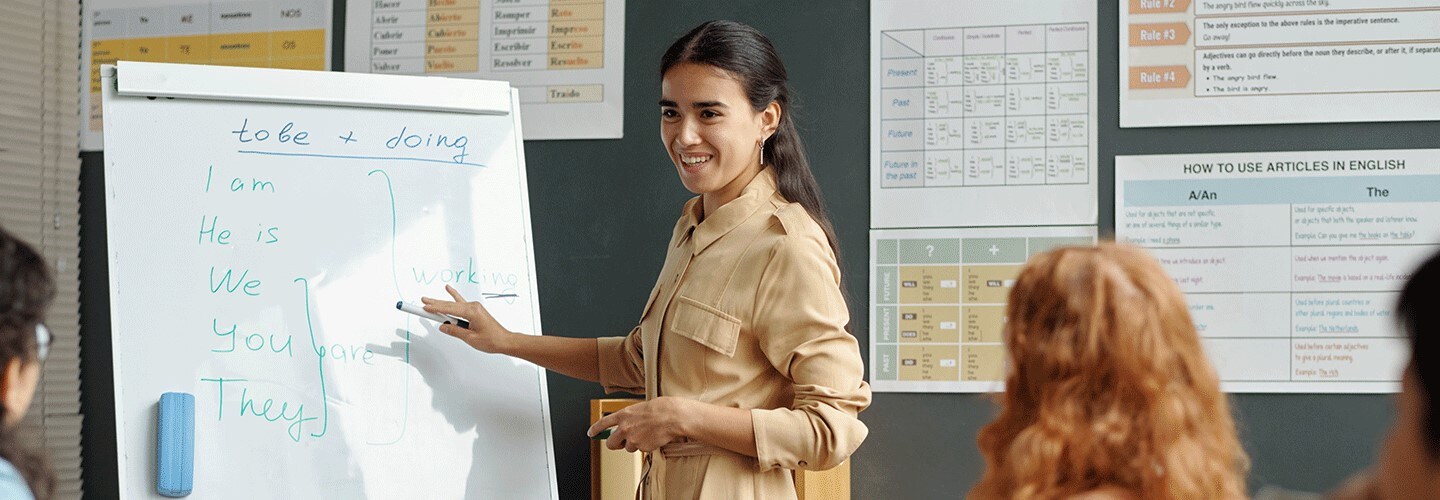
This session provides techniques for delivering constructive, motivating feedback tailored to individual student needs, fostering ongoing improvement and a positive learning environment. Skilled feedback can boost student performance, engagement and confidence in language skills.


















